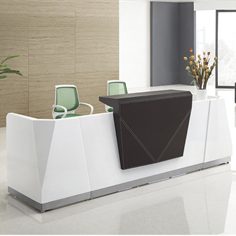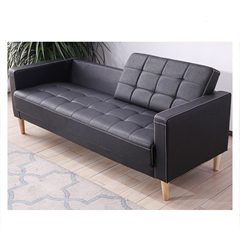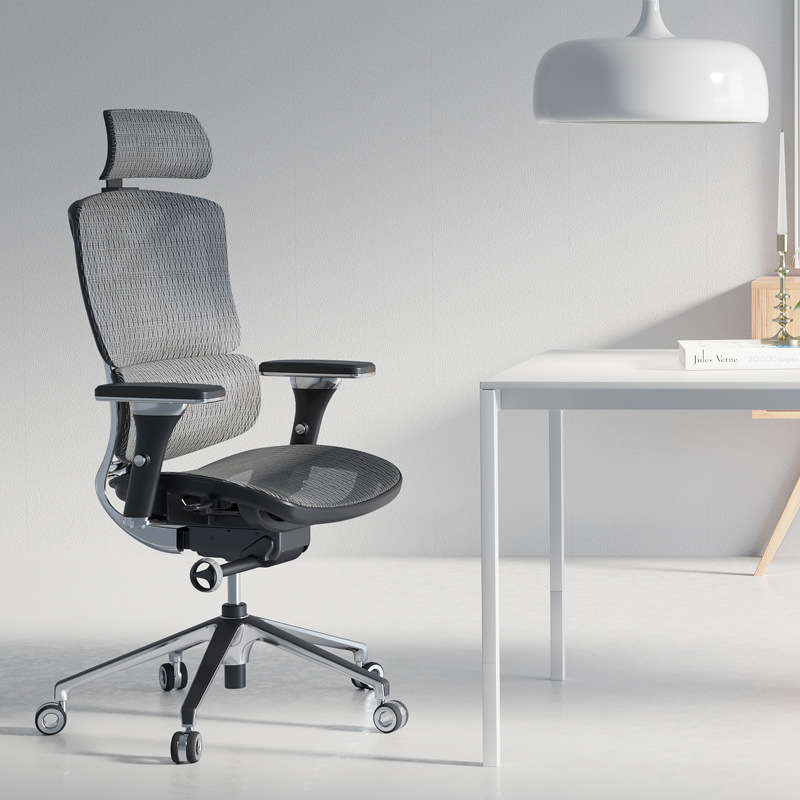Introduction: The workplace is constantly evolving, and ergonomic chairs are at the forefront of workplace design. As businesses recognize the importance of employee well-being and productivity, the demand for ergonomic chairs is on the rise. In this blog, we will discuss how ergonomic chairs are shaping the future of workplace design and what it means for employees and organizations.
- Emphasis on Employee Health: Ergonomic chairs reflect a growing emphasis on employee health and well-being in the workplace. Employers are recognizing the role of comfortable and supportive seating in reducing physical strain and promoting overall health.
- Customization and Personalization: Ergonomic chairs are designed with a focus on customization and personalization. With adjustable features, employees can tailor the chair to their unique needs, ensuring optimal comfort and support.
- Integration of Technology: The future of ergonomic chairs includes the integration of technology to enhance the user experience. Smart features, such as posture sensors and personalized settings, can further improve the ergonomics of the chair.
- Sustainable Design: Sustainability is a critical aspect of the future workplace, and ergonomic chairs are no exception. Manufacturers are exploring eco-friendly materials and circular economy principles to create chairs that are both ergonomic and environmentally friendly.
- Blending with Modern Aesthetics: Ergonomic chairs are evolving to blend seamlessly with modern office aesthetics. With sleek designs and customizable options, these chairs can complement contemporary office spaces while promoting employee comfort.
- Remote Work Considerations: As remote work becomes more prevalent, ergonomic chairs are adapting to meet the needs of home-based employees. Portable and adjustable features are essential for providing comfortable and healthy seating in home offices.
- Proactive Workplace Health Strategies: Ergonomic chairs are part of a broader trend towards proactive workplace health strategies. By investing in ergonomic solutions, organizations aim to prevent work-related injuries and promote employee well-being.
Conclusion: Ergonomic chairs represent a significant shift in workplace design, placing employee health and well-being at the forefront. As the future of work continues to evolve, ergonomic chairs will remain a key element in creating a productive, comfortable, and forward-thinking work environment.













